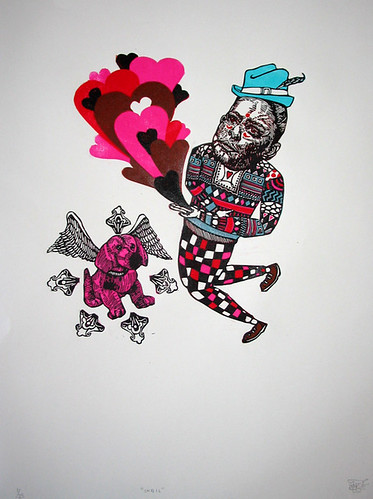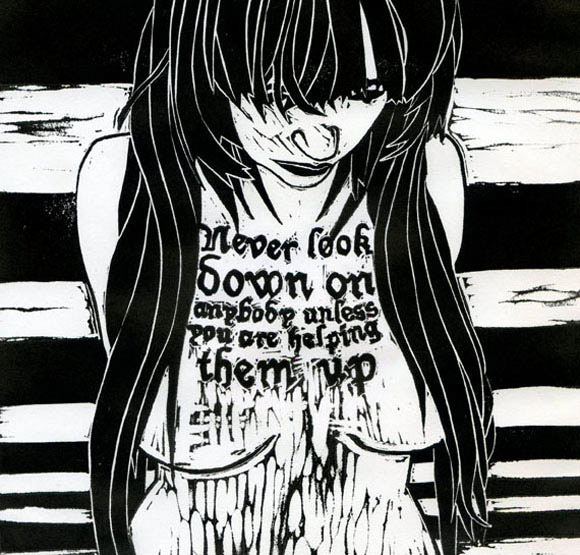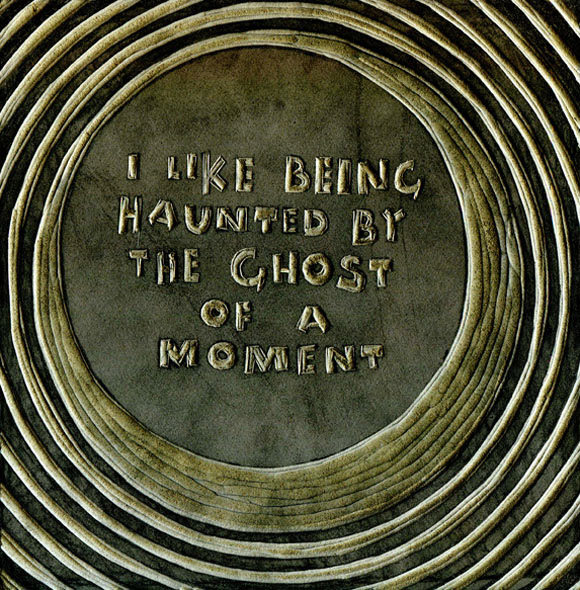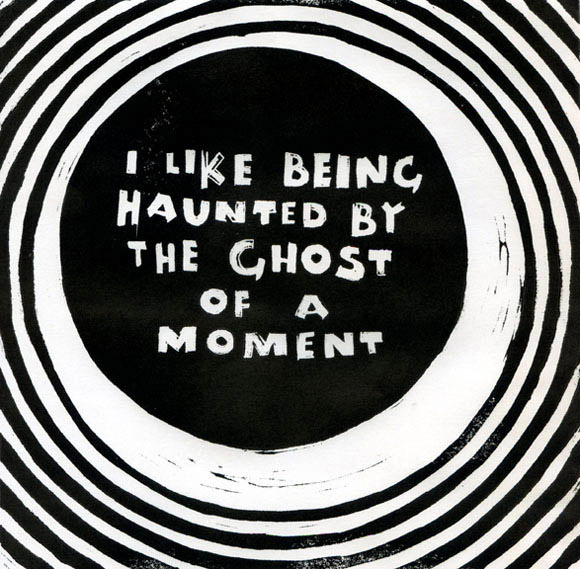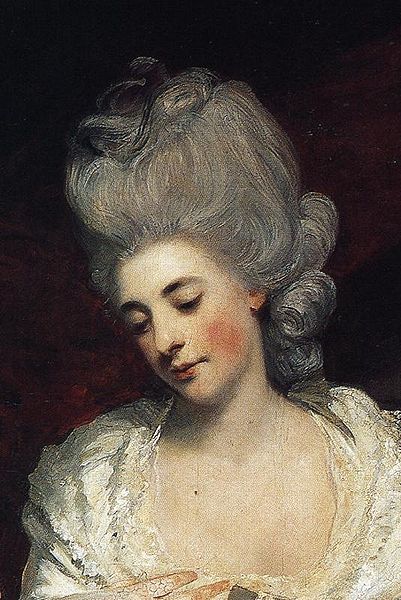
Rich men also wore wigs as it showed their wealth and class. The hair looks quite feminine compared to mens hairstyles today with long curled wigs that look back combed.


We made a skull cap as a base for the wig using a carrier bag and masking tape to fit to a manniquin head. From this i curled strips of paper using scissors and taped into position to create a tube effect around the bottom of the head, i wanted to make two rows of curls with a large combed over piece on top.
To create a shape to build on i used wadding on the rest of the head and taped into position then wrapped over strips of paper all meeting at one point around the crown.
I felt the profile of the wig looks effective and similar to the painting i referred to, although from the front as its made from paper you can see the wadding underneath and looks like a crown shape. After making this practice piece it has made me want to do further research into modern wig making and do this for my finished piece in costume. Iwant to look into other syles of wigs from this time and experiment making them modernised.

Christian Lacroix Fall 2007
I looked into paper wig making and found some interesting designs and techniques by Amy Flurry. She was influenced by the mistress of Louis XV of France, Madame De Pompadour, who was famous for the Pompadour hair style.















